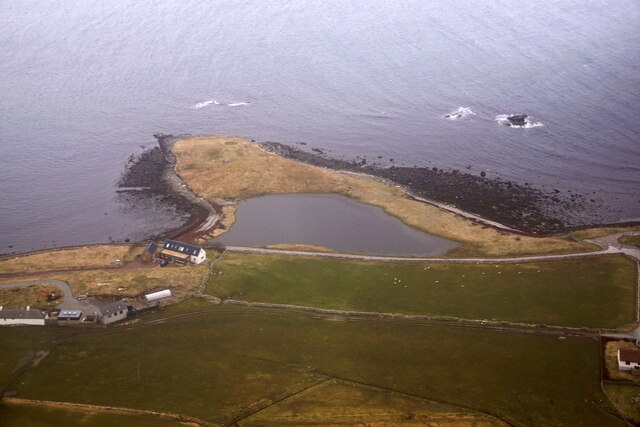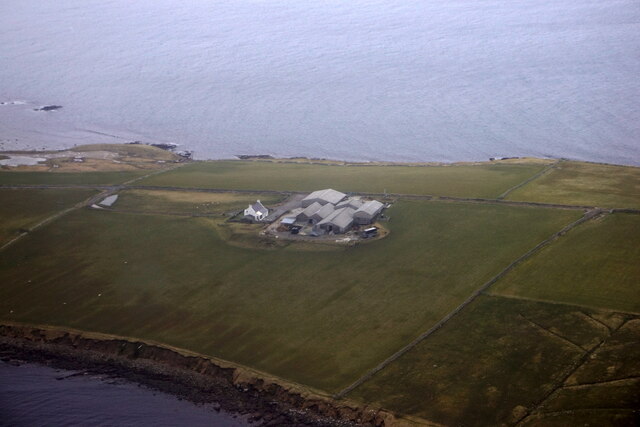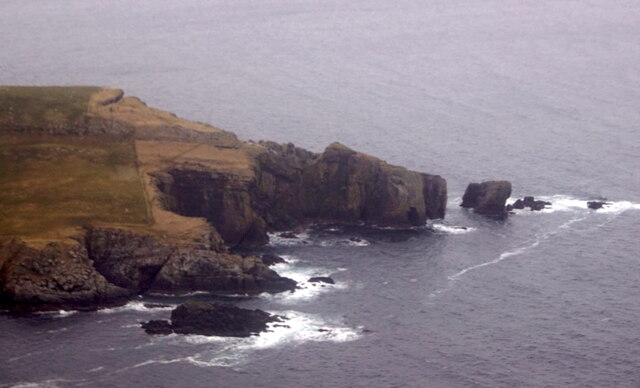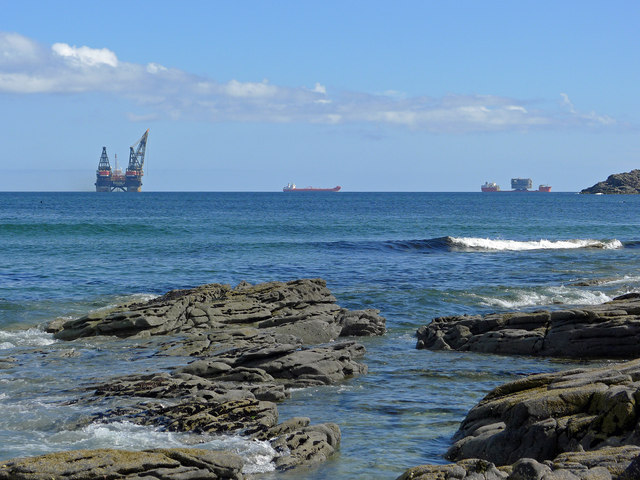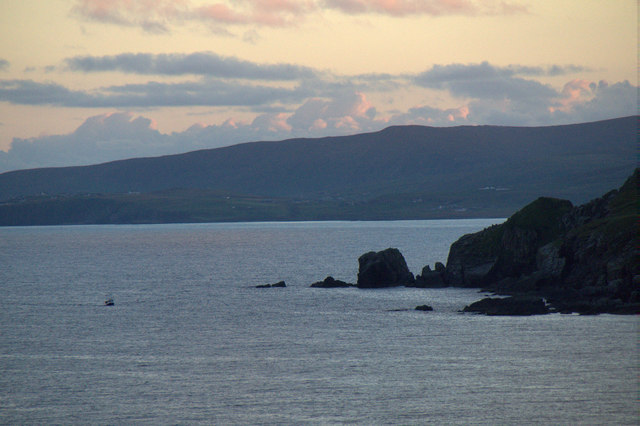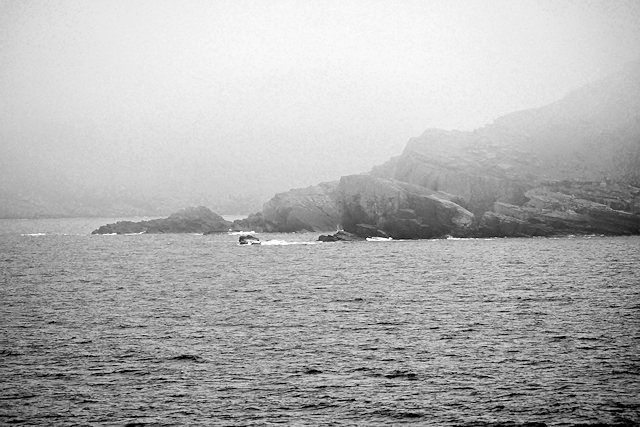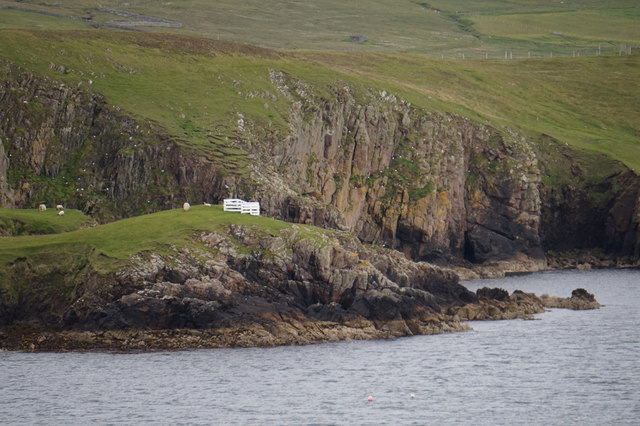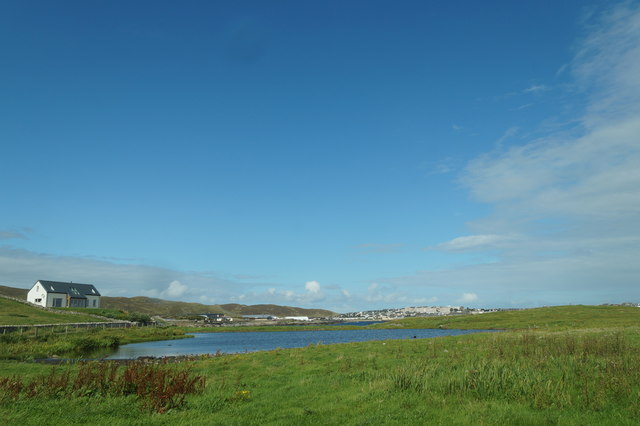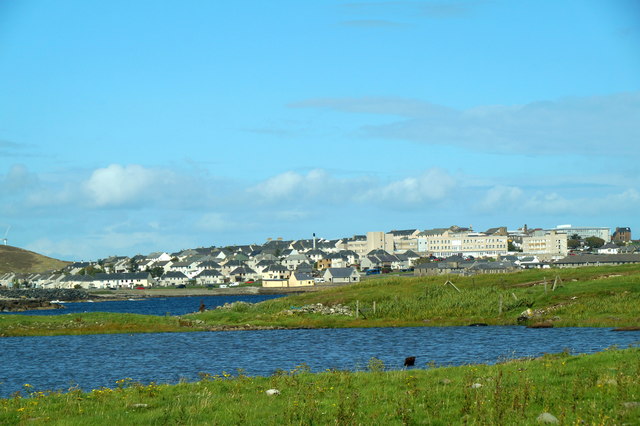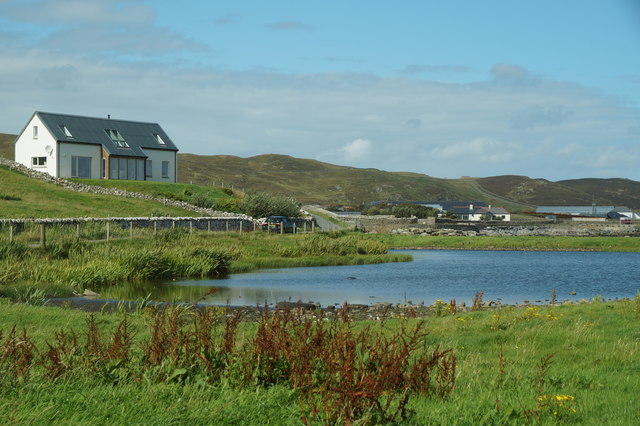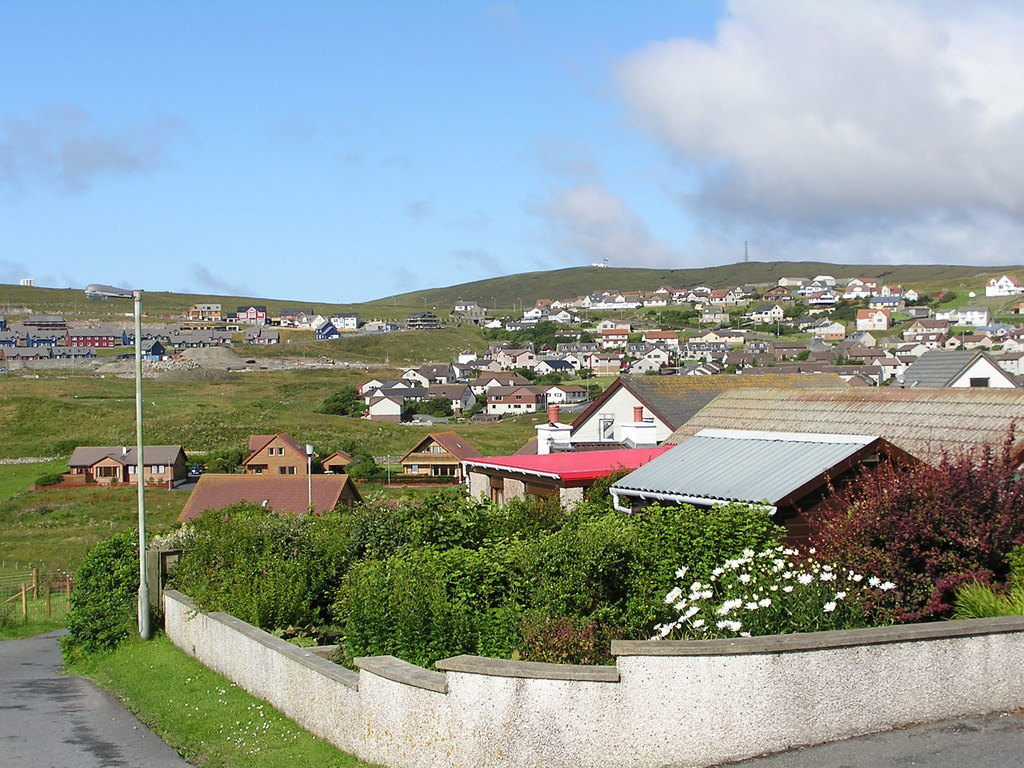Ness of Trebister
Coastal Feature, Headland, Point in Shetland
Scotland
Ness of Trebister
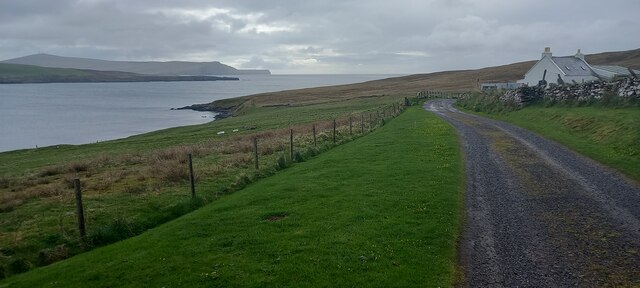
Ness of Trebister is a prominent coastal feature located in the Shetland Islands, Scotland. Situated on the western coast of the main island, it is a headland that extends out into the North Atlantic Ocean. The point is marked by steep cliffs, which rise up to approximately 100 feet (30 meters) above sea level, providing stunning panoramic views of the surrounding area.
The rocky shoreline of Ness of Trebister is composed of ancient volcanic rock formations, giving it a rugged and dramatic appearance. The area is known for its diverse wildlife, including various seabird species such as puffins, fulmars, and guillemots, which nest on the cliffs during the breeding season.
The headland is a popular spot for both locals and tourists, who visit to explore the magnificent coastal scenery and enjoy outdoor activities such as birdwatching, hiking, and photography. During low tide, it is possible to walk along the beach and discover tidal pools teeming with marine life. However, caution is advised as the cliffs can be dangerous, and visitors are urged to stay on designated paths and respect any warning signs.
The isolated location of Ness of Trebister provides a sense of tranquility and solitude, making it an ideal place for those seeking a peaceful retreat. Its unique geological features and abundant wildlife make it a significant coastal landmark in the Shetland Islands, attracting nature enthusiasts and adventurers alike.
If you have any feedback on the listing, please let us know in the comments section below.
Ness of Trebister Images
Images are sourced within 2km of 60.126544/-1.1813086 or Grid Reference HU4538. Thanks to Geograph Open Source API. All images are credited.
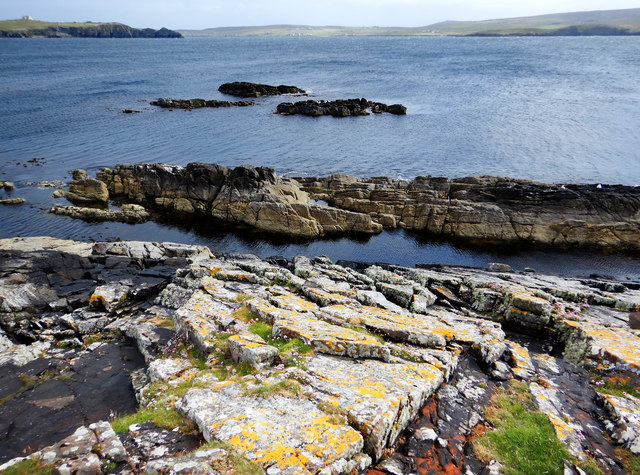
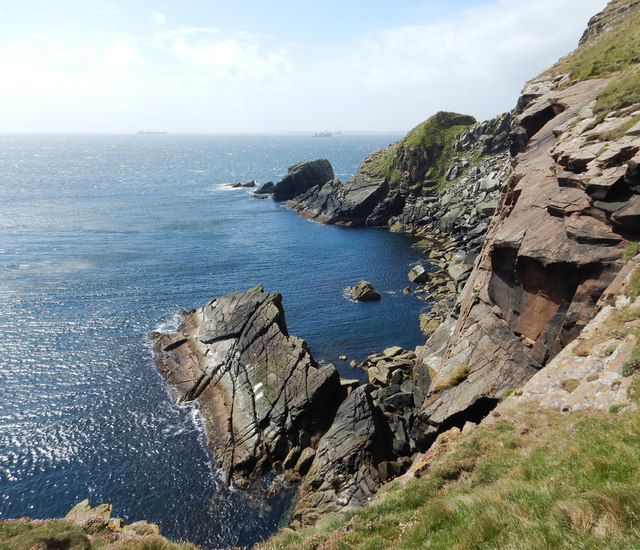
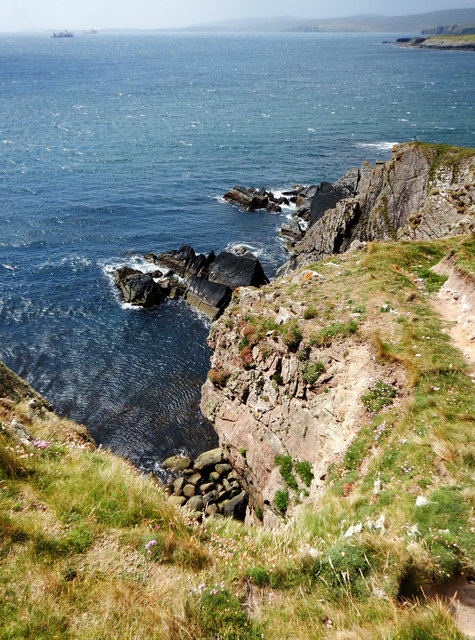
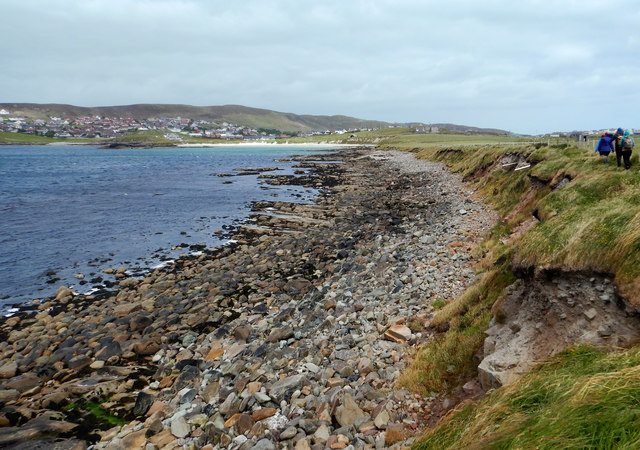
Ness of Trebister is located at Grid Ref: HU4538 (Lat: 60.126544, Lng: -1.1813086)
Unitary Authority: Shetland Islands
Police Authority: Highlands and Islands
What 3 Words
///basics.succumbs.savers. Near Lerwick, Shetland Islands
Nearby Locations
Related Wikis
Lerwick Observatory
Lerwick Observatory (also known as Lerwick Magnetic Observatory) is a British meteorological observatory located near the port at Lerwick, Shetland Islands...
Gulberwick
Gulberwick is a village on Mainland, 2.5 mi (4 km) southwest of Lerwick, Shetland, Scotland, which contains approximately 200 houses. In recent years the...
Sound, Lerwick
Sound is an area situated to the south-west of central Lerwick, the capital of Shetland, Scotland.Sound is home to a primary school, public hall, and gospel...
Brindister, South Mainland
Brindister is a village on South Mainland in Shetland, Scotland. Brindister is within the parish of Lerwick, and adjacent to the A970 south of Gulberwick...
Have you been to Ness of Trebister?
Leave your review of Ness of Trebister below (or comments, questions and feedback).

